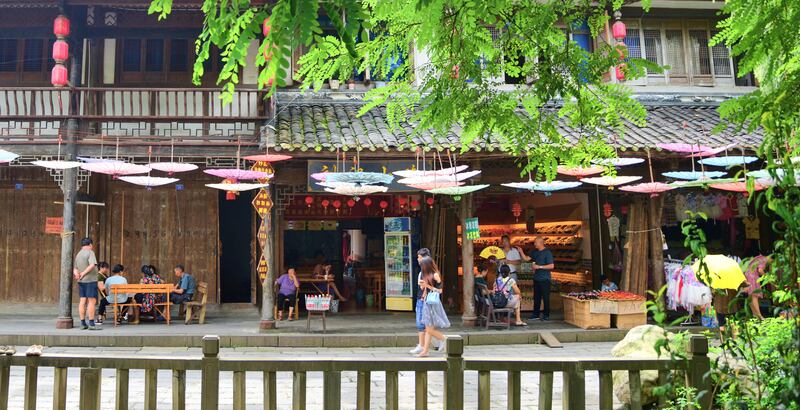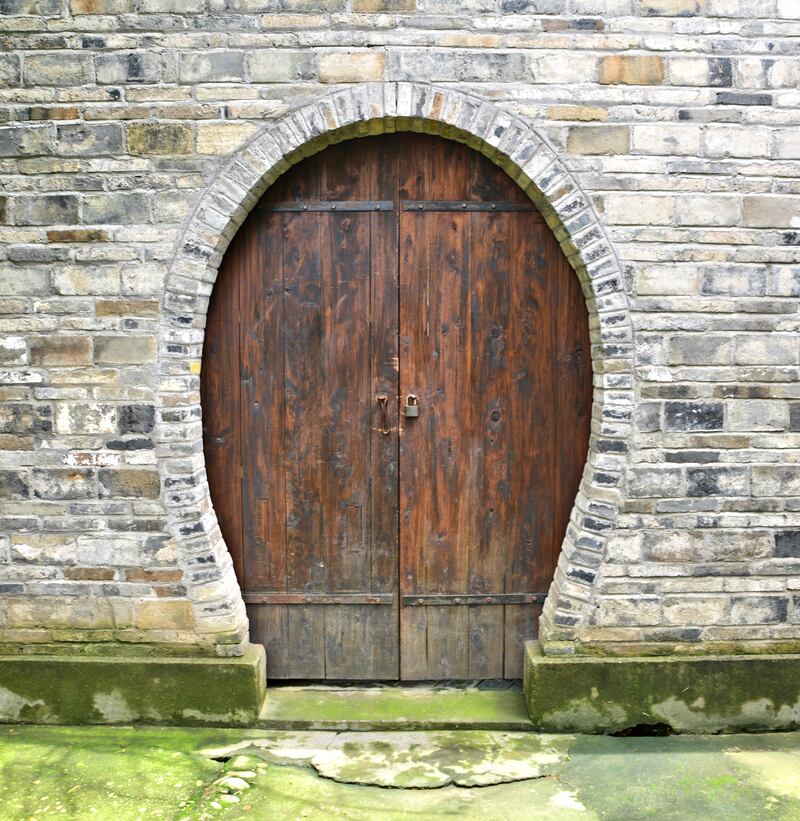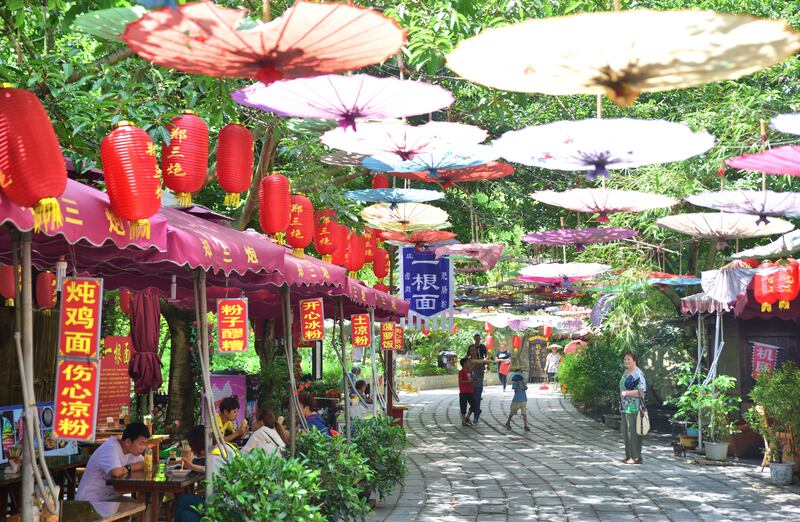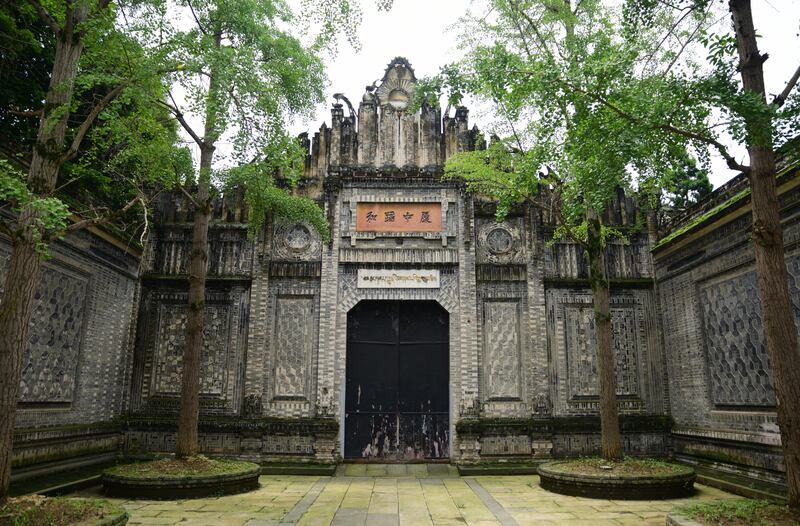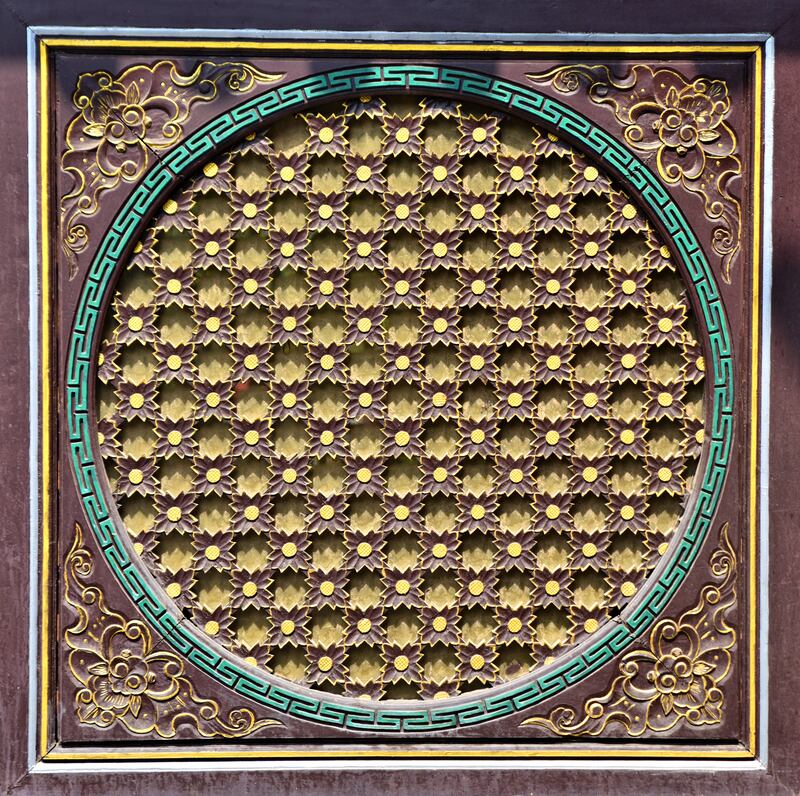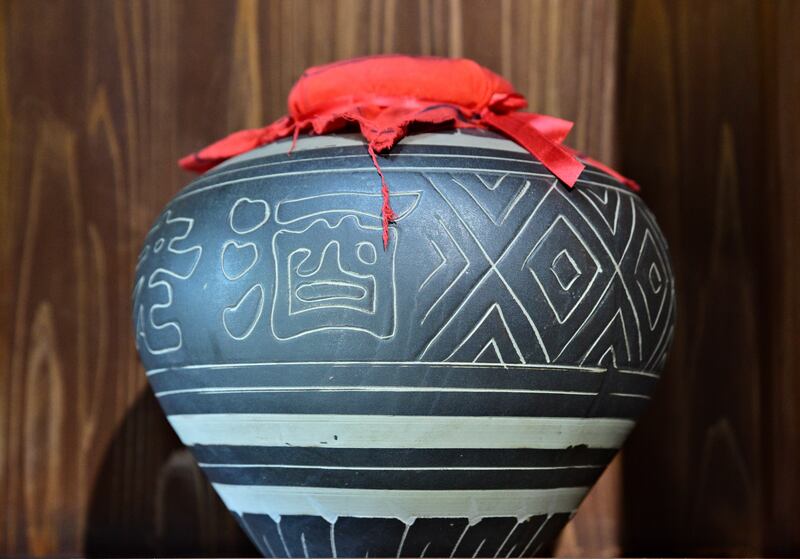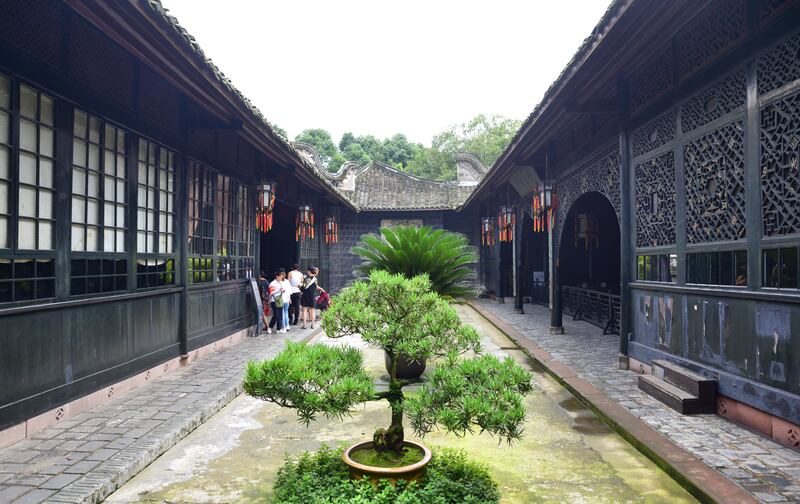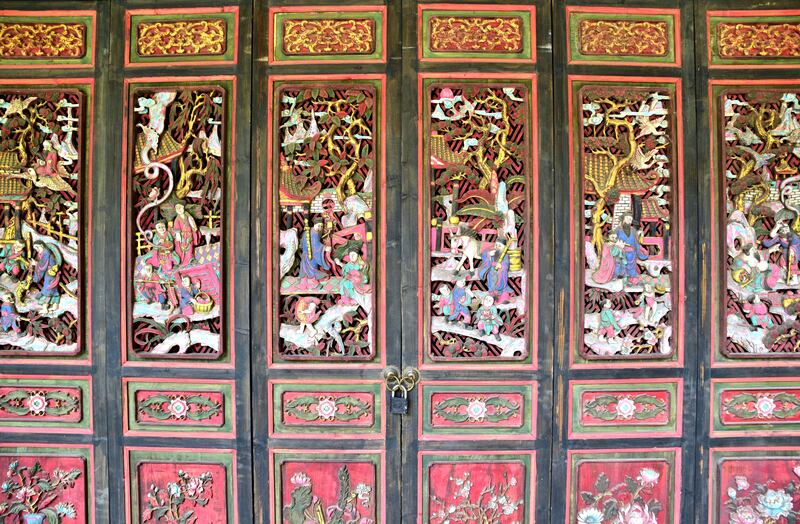Lined by ancient mansions, cobblestone streets and historic tea houses, 1,400-year-old Anren offers charm from a bygone era. It is precisely why, having long been overlooked as a visitor destination, the town is set to become one of China’s next tourism stars.
Anren recently received a 5A rating, the most coveted award handed out by China's Ministry of Culture and Tourism, which is also held by attractions such as the Great Wall of China and Beijing’s Forbidden City. More than 2,500 destinations have been ranked from 1A to 5A by the government based on their distinctiveness, infrastructure, safety and beauty.
Considered one of China’s best-preserved ancient communities, Anren is among 12 new additions to the 5A category — indicating a destination's attractiveness and ease of access for tourists, accommodation options and transport, among others. Some of the other newly listed spots include remote waterfalls, mountain reserves, protected lakes and dramatic gorges.
There are now more than 300 tourist attractions in China with a 5A classification. That might give the impression that this rating is unremarkable, or easily achieved. Rather, it’s a reflection of China’s colossal size and its wealth of wonderful sites.
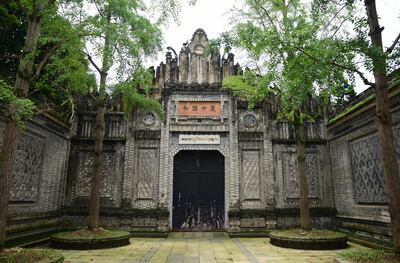
The number of 5A locations makes more sense when you consider China is more than 100 times larger than the UAE by land area and has 70 cities with a larger population than Abu Dhabi. For example, many are unlikely to have heard of Chongqing, a city not far from Anren. Yet this giant metropolitan area in south-west China is estimated to be home to 30 million people. Chongqing has an appealing blend of cutting-edge architecture, engaging historic sites, serene public parks, impressive museums and a distinctive food scene anchored by its fiery Sichuan cuisine.
In spite of all this, Chongqing receives relatively few foreign visitors, and it's a similar story in Anren. China’s tourist trail is largely limited to the metropolises of Beijing, Shanghai, Xi’an, Suzhou and Guangzhou.
International travellers who venture beyond those destinations, to China’s south-west, mostly head to Chengdu, the capital of the Sichuan Province known as a gateway to panda country and the Tibetan Plateau. This, too, is a megacity, with a population of more than 11 million people.
On Chengdu’s western outskirts, Anren has long lingered in anonymity. I have travelled to China 11 times, including four visits to Chengdu, and I'm fascinated by the country’s ancient communities, yet it wasn’t until my most recent trip that I first heard of Anren.
It was also my mother’s first visit to China and, having shown her its modern side in Chengdu and Chongqing, I wanted her to experience one of its old, time-warped towns. A 50km drive from downtown Chengdu transported us to a different era.
My mother was fascinated by the activities taking place along Anren’s weathered stone streets, where life’s simple joys are open for all to see. A group of elderly women sat quietly at a table, inside a wooden porch, concentrating on a game of mahjong. Similarly aged men were more animated as they laughed and bickered while playing cards outside a noodle soup restaurant. Younger ladies danced in unison in a small park filled with flowers. And nearby, boys scooped a fishing net into the narrow creek that flows through the town.

All of these sights were enhanced by the presence of hundreds of colourful paper umbrellas hanging above Anren’s thoroughfares. The town’s historic core is centred on three streets — Yumin, Shuren and Hongxing. Combined, they stretch for about 700 metres and accommodate more than 200 old buildings. Many of these are shophouses — two-level buildings with a store or restaurant downstairs and a home upstairs.
Some of the town’s timeworn structures date back more than 500 years. Anren itself was formed about 14 centuries ago during China’s Tang dynasty period (618 to 907). Today, its most famous attractions are its 27 comparatively youthful mansions, each around 100 years old.
These elegant buildings are embellished by intricate stonemasonry, complex latticework, swooping tiled roofs, rows of archways and serene courtyards. Behind their beauty lies a brutal tale. This cluster of interconnected mansions was commissioned by a landlord who allegedly used violence to seize control of Anren in the 1920s.
His name was Liu Wencai. His former home is now the primary tourist site in Anren, known as Liu’s Manor Museum. Inside, English-language signs say Liu stole the land of local farmers, some of whom were murdered in the process. Alongside this are life-size dioramas that depict these historical horrors.
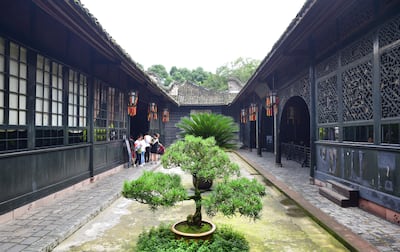
Yet Anren is not defined by this dark period. Instead, it is a laid-back and picturesque town increasingly popular with Chinese tourists. Those domestic travellers seek out traditional communities like Anren as China's big cities become more modern and increasingly westernised.
The town is especially busy on public holidays, particularly the Chinese New Year. During this festival, Anren’s sleepy streets are enlivened by parades, musical displays and firework shows. But Anren is appealing 12 months a year thanks to its deep history, ancient appearance and soothing atmosphere.
